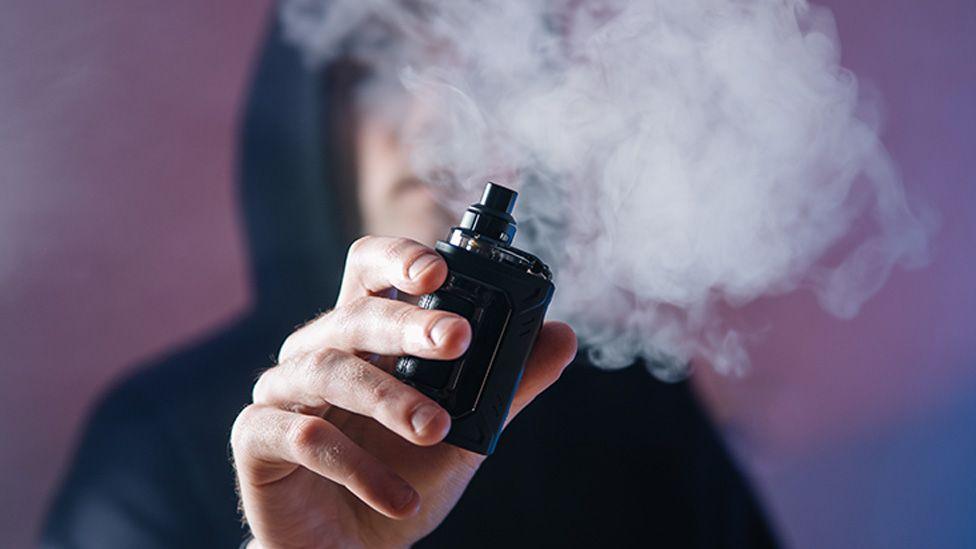Over the years, there has been growing awareness about the detrimental effects of smoking on health. As a result, many individuals are seeking smoking alternatives to reduce harm and eventually quit the habit. This article will delve into various smoking alternatives and discuss their pros and cons, providing an informative guide to those interested in vaping, nicotine gum and patches, and other tobacco products.
Vaping: Navigating the Vapor World

Vaping has become a popular alternative to traditional cigarettes, offering customizable nicotine levels, reduced harm, and a diverse array of flavors. These battery-powered devices heat a liquid, known as e-liquid or vape juice, which typically contains nicotine, propylene glycol, vegetable glycerin, and flavorings. Users then inhale the vapor produced, simulating the experience of smoking.
Along with the more common vaping products, there are also Delta 8 vapes available on the market. These vapes contain delta-8-tetrahydrocannabinol, a psychoactive compound found in the cannabis plant, and are being considered an alternative to smoking both cigarettes and marijuana for some individuals.
- Pros: Less harmful chemicals compared to traditional cigarettes, customizable nicotine levels, a wide range of flavors, and adjustable devices.
- Cons: Potential for nicotine addiction, unknown long-term health effects, and the possibility of using the device for other substances, such as marijuana.
Nicotine Gum and Patches: Stepping Away from Smoke
Nicotine gum and patches are known for their smoke-free and discreet nature. They are used to help gradually wean users off nicotine by introducing smaller, controlled doses without inhaling harmful smoke.
- Pros: Smoke-free, helps to gradually reduce nicotine cravings, discreet, and lowers health risks associated with smoking.
- Cons: Potential nicotine overdose if used incorrectly, gum may cause jaw pain, and patches can cause skin irritation.
Smokeless Tobacco: Dipping into Alternatives

Smokeless tobacco products, such as chewing tobacco, snuff, and snus, offer a discrete and smoke-free experience. While they may pose fewer respiratory risks, these alternatives still have their drawbacks.
- Pros: Smoke-free and more socially acceptable in certain environments.
- Cons: Increased risk of oral cancers, gum disease, tooth loss, and potential for nicotine addiction.
Heat-not-Burn Devices: A Warmer Option
Heat-not-burn devices are electronic gadgets that heat tobacco instead of burning it. These alternatives produce inhalable aerosols that contain fewer harmful chemicals compared to combustible cigarettes, but they are not completely risk-free.
- Pros: Reduction in harmful chemicals compared to traditional cigarettes, and a product design that more closely resembles a cigarette.
- Cons: Relatively new, with limited long-term health effects research, and potential risk of addiction due to nicotine content.
Herbal Cigarettes: Smoke without the Nicotine

Herbal cigarettes are made from a blend of herbs, such as marshmallows, mint, and rose petals, and contain no tobacco or nicotine. While they provide a similar sensation to smoking, they are not entirely safe.
- Pros: Nicotine-free and can help smokers cope with the psychological aspect of smoking.
- Cons: Still produces harmful smoke and potential for inhaling tar and other harmful chemicals through combustion.
Hypnotherapy: A Mindful Approach to Quitting
Hypnotherapy is a therapeutic technique that uses guided relaxation and focused attention to alter behaviors and habits. It has been used as an alternative way to quit smoking by addressing the psychological aspects of addiction. Hypnosis sessions can help you break mental associations with cigarettes and reinforce positive behaviors for a healthier lifestyle.
- Pros: Non-invasive, drug-free, and addresses the psychological aspect of smoking addiction.
- Cons: Effectiveness varies between individuals, and results may not be immediate.
Acupuncture: An Ancient Remedy for Modern Cravings

Acupuncture is a form of traditional Chinese medicine that involves inserting thin needles into specific points on the body to regulate energy flow and promote healing. As a smoking cessation tool, acupuncture targets points associated with nicotine cravings and stress, helping smokers manage withdrawal symptoms and reduce their dependence on cigarettes.
- Pros: Non-invasive, drug-free, and can complement other smoking cessation methods.
- Cons: Limited scientific evidence on effectiveness, requires multiple sessions, and is not suitable for people with needle phobias.
Conclusion
Each smoking alternative has its own set of pros and cons, ranging from reduced harm and increased customization to potential addiction and unknown long-term health effects. Ultimately, quitting smoking and nicotine altogether is the healthiest choice but finding the right alternative can help ease the process. Before considering any smoking alternative, consult your healthcare provider to discuss the best options for your specific situation.





